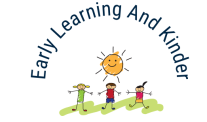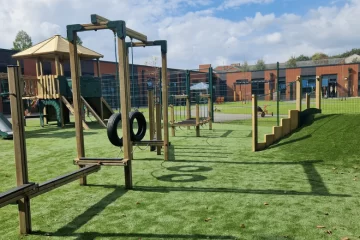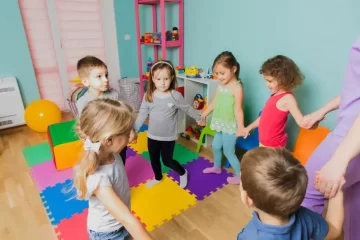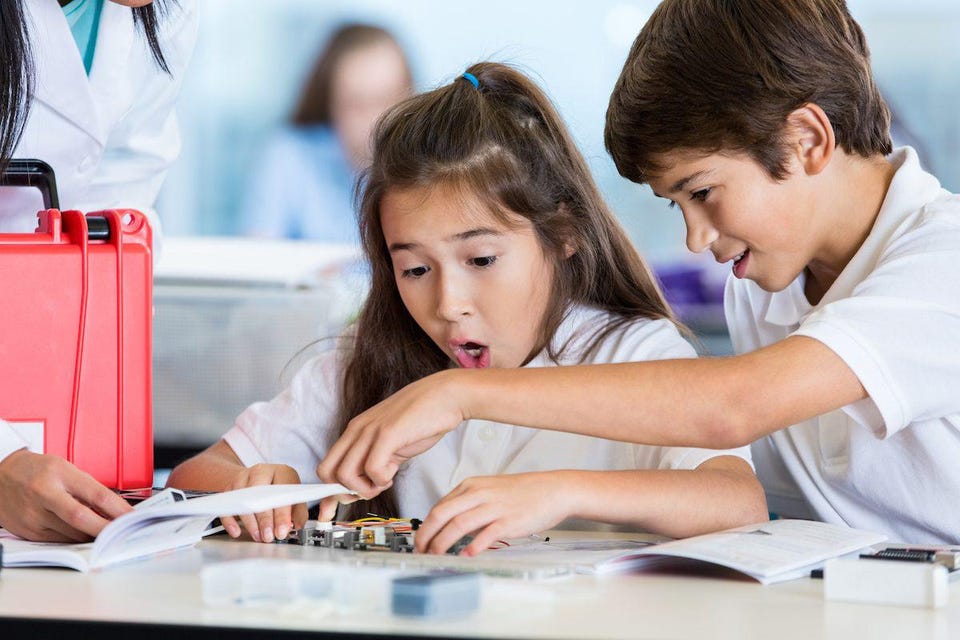Supporting neurodiversity in early education settings
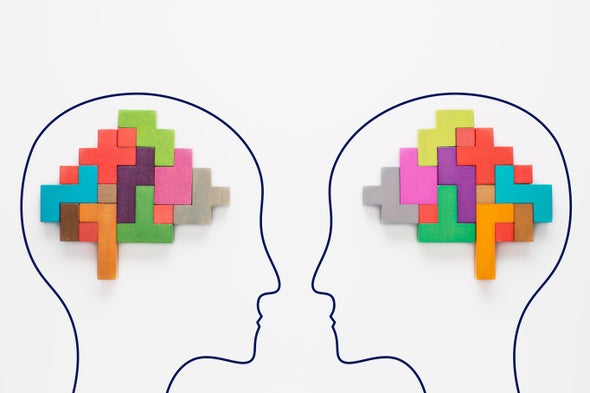
Human brains are just as diverse as human bodies. Neurodiversity is the cause of these differences. It includes Autism Spectrum Disorders (ADD), ADHD, Dyslexia and Dysgraphia, and Aphasia.
An important step in a neurodiverse child’s social and educational journey is early education. Understanding neurodiversity can help you build self-esteem and resilience in children and put them on a positive learning track for the rest of their life.
Michelle Swan, an autistic speaker, author, and resource developer, wrote an article about adapting the classroom to support children diagnosed with ASD. This article can also be a practical tool in the early learning environment.
How do you create a sensory-friendly school?
- Visual distractions should be reduced
- Reduce noise
- Minimize temperature changes
- Minimize strong smells
- Good ventilation is essential
- Create space for relaxation and sensory deprivation
- Offer sensory aids such as ear defenders and sunglasses.
- Offer a range of seating options
- Allow for and encourage movement
- Provide a range of learning opportunities and activities for every stage and age.
Sue Larkey is an Australian educator and specialist in ASD. She offers additional helpful advice on her blog regarding setting up a classroom to support ASD children. These tips are intended for early school years but may also be helpful to educators in early childhood.
Set a position for the child to sit or lay down during mat time.
- They are the next person to look up to
- Where they are located in the room/group
- They are so close to the teacher.
- It doesn’t matter if they are too close for their favorite activities like Lego or books.
- Sensory distractions: Noises, smells, lighting and objects too close to the ears
Create a quiet area
- If the child feels overwhelmed, ensure that they have a place to retreat to. You can make this a quiet area or a reading corner.
Katherine McFarlane’s (registered psychologist) tips can help you improve communication with ASD children. They were published in an article on the Learning Links website.
- Break down tasks
Autism can make it difficult for children with autism to plan, organize and complete tasks. Children with autism may struggle to plan their tasks. To help them, break down the steps and not give too many details at once. You can let your child repeat the instructions to confirm that they have understood and heard them.
- Describe your expectations and set clear boundaries
It is important to distinguish between saying ” stop being messy” and stating a clear boundary, such as “we don’t throw rubbish away, put it in our bin.” The second helps the child understand what they are expected to do. This is especially helpful for autistic children who might not intuitively understand social rules.
- Help them identify their emotions and their behaviors.
Some children can regulate their emotions naturally, while others require more help. Recognizing strong emotions is the first step in learning to manage them. If a child can’t recognize strong emotions such as anger, frustration, or excitement, it can be not very comforting. A positive strategy is to learn how to regulate your emotions.
- To help them hear your words, use minimal words and a calm voice.
Children experiencing a high level of emotion or behavior can have trouble listening to you logically if they are experiencing a lot of them. A child who has trouble managing their emotions may find it more difficult to listen to you when trying to discipline them.
- Use visuals
Parents and teachers may be wary about using visuals because they believe visuals will hinder verbal development. Research shows that visuals can enhance communication and verbal skills. To remind children about each step, visuals for toilet training can be used. Visuals in the classroom can help those with special needs and all children.
- Any new behavior intervention time to be
Every strategy that we introduce has a resistance period. This allows for behavior escalation and learning new boundaries. Then, if the strategy is successful, we can see positive changes. Expect to wait several weeks before you can judge if a strategy is successful.
Dyslexia or dyspraxia is not usually diagnosed until the child enters primary school. You may be able to recognize early signs in your children at your centre. In an article on Play,’ Play’ n Learn, David Witty writes about the importance of learning more about the topic using resources like SPELD and the Australian Dyslexia Association. Witty mentions that children can be difficult for parents to evaluate at young ages, so it is important to be careful.
SPELD states that dyslexia may be detected as early as three.
- They struggle to understand what they are saying
- Struggling with learning rhyming songs or sequences like days of the week?
- Co-ordination difficulties
- Strong creativity and problem-solving skills in other ways
Children can be helped by:
- To ensure that all diagnoses made outside the school system are properly documented and treated, it is important to establish strong relationships with caregivers and parents.
- Provides opportunities for auditory learners of speech to interact with staff and one another.
- Visual learners should have plenty of visual stimuli and equipment to match their visual counterparts. This equipment is also useful for tactile learners.
- It is crucial to recognize and meet children’s learning needs at their centre. This will have a significant impact on their development in the future. You can take the initiative to evaluate children’s behavior and progress under your care.
- Parents should be notified of any concerns and get additional support and services if necessary.
Every child learns differently, no matter how typical or atypical. We can adapt our teaching styles and services to their strengths by listening to and watching their interactions with teachers and peers.
